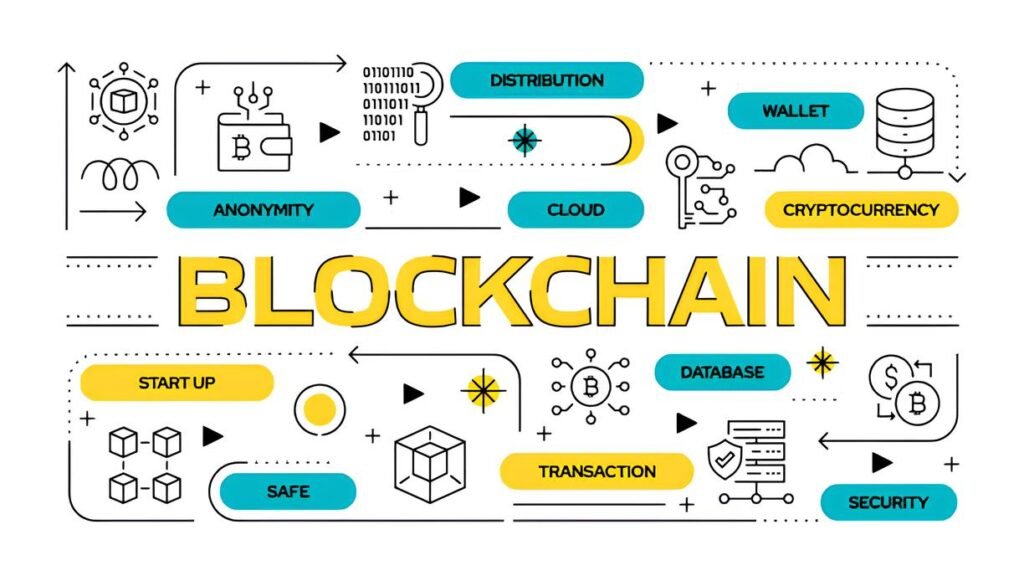On the sprawling, anonymous expanses of the darknet, trust is a rare currency. Among activists and whistleblowers—figures who often risk everything to expose hidden truths—identifying authenticity can be a life-or-death matter. Yet, the cloak of anonymity also attracts imposters, opportunists, and malicious actors masquerading as champions of justice. How do you filter genuine voices from elaborate fakes without compromising your own safety?
In networks where real identities are hidden behind cryptic pseudonyms and encrypted chatter, the difference between a legitimate advocate and a manipulation facsimile can be surprisingly subtle. This is a guide to recognizing the telltale signs of a fake darknet activist or whistleblower—because knowing who to trust is your first line of defense in a digital shadow realm.
In This Article
Why Authenticity Matters on the Darknet
Darknet activist and whistleblower channels often serve as vital lifelines for those exposing wrongdoing in oppressive regimes or corrupt institutions. Yet, this very importance makes these channels ripe targets for manipulation. Fakes can compromise investigations, spread disinformation, or worse—compromise the identities of legitimate sources.
In complex threat environments, even one false connection can unravel months of painstaking anonymous work. That’s why spotting a fake not only protects you but safeguards entire movements relying on confidentiality and trust. The stakes are high—emotional, operational, and sometimes physical.
Never share identifying information—even something as small as an exact timestamp or geographic hints—with questionable sources claiming to be whistleblowers or activists.
Common Red Flags of Fake Activists
While importing trust into the darknet is paradoxical, several behavioral and contextual markers commonly reveal fraudulent identities.
- Overly dramatic or inconsistent storytelling: Fake accounts often supply unverifiable, sensational narratives that don’t match available facts.
- Unverifiable or sudden “leak” claims: If someone drops explosive claims without reasonable evidence or context, approach with skepticism.
- Requests for upfront favors or cryptocurrency: Genuine whistleblowers rarely ask for funds in initial contact; this is a typical scam flag.
- Inconsistent encryption habits: Activists understand operational security. Poor or inconsistent use of PGP keys or end-to-end encryption suggests inexperience or deceit.
- Refusal to participate in trusted verification methods: Legitimate activists typically agree to vetted verification channels or third-party intermediary attestations.
- Overuse of generic or untraceable onion services: While anonymity is crucial, too much secrecy without community involvement can be suspicious.
Example: The “Sudden Expert”
In 2023, a new user burst into a niche advocacy forum, claiming insider knowledge on a government cover-up—and demanded donations to fund a “massive reveal.” Despite elaborate claims, the user refused all attempts to verify through encrypted chats or known contacts. The community flagged the account within days as a potential honeypot, safeguarding themselves from potential exposure.
Verifying Credentials Without Losing Anonymity
Verification on the darknet is an art, blending technical savvy with cautious human intuition. Because revealing too much risks deanonymization, methods must protect both parties.
- PGP Key Fingerprint Verification: Cross-check public key fingerprints on known, trusted servers or through established community members.
- Third-party Vouching: Use intermediary contacts who are reputable and can confirm identities off the main channel.
- Cryptographic Proofs: Demand proof of control over an associated cryptographic key or account tied to prior verified leaks.
- Staged Disclosure: Ask for incremental, verifiable information rather than all details upfront, minimizing risk.
These techniques align well with smart operational security practices covered in guides like how to build a digital pseudonym that doesn’t collapse under pressure. They emphasize the careful layering of trust—and careful concealment of real identity in parallel.
Before interacting, always confirm that PGP keys are freshly checked from multiple sources, avoiding those that appear in dubious keyservers or unverified social profiles.
Behavioral Clues in Darknet Communications
Beyond technical measures, how a person communicates gives subtle clues to authenticity. Patterns in language, timing, and responsiveness can expose disingenuous actors.
- Inconsistency in language style: Sudden shifts in vocabulary or grammar may hint at multiple people or automated scripts behind an account.
- Over-politeness or pressure tactics: Genuine activists usually don’t rush interactions or push repeatedly for sensitive disclosures.
- Repetition of known public information: If “insider” revelations appear to be sourced entirely from available public leaks, consider them less credible.
- Irregular activity patterns: Bots or fakes commonly have unusual active hours or burst-flood communication instead of organic interaction.
Research into the psychology of online anonymity and its real-world effects highlights how digital personas can be profiled through behavioral markers, even when identities are masked.
Technical Tools for Validation
Verifying someone’s legitimacy involves smart use of tools. Here are essentials often overlooked by new darknet users but crucial in activist circles:
- PGP encrypted messages: Demand all sensitive communications be PGP-signed to confirm identity control.
- Timing and metadata analysis: Subtle metadata within message headers, timestamps, or posting patterns can confirm consistency with known identities. Be mindful to analyze this carefully without exposing yourself.
- Encrypted chat platforms: Prefer interlocutors using secure, onion-based chatrooms or services with forward secrecy.
- Secure file verification: Use tools like GnuPG to verify document or code signatures provided by the whistleblower.
Activists often layer their contact methods to avoid one point of failure. Combining cryptographic validation with behavioral observation is a proven approach for discerning authenticity.
Handling Suspicious Contacts Safely
Sometimes—even when you’re careful—you’ll suspect someone might be fake or malicious. Here’s how to proceed:
- Limit shared information: Stick to the minimum needed and compartmentalize any data shared.
- Observe without engaging extensively: A cautious approach protects you while gathering further evidence.
- Use multiple VPN hops or Tor circuits: Protect your real location no matter how “safe” an interlocutor appears.
- Report suspicious behavior cautiously: Many darknet communities have protocols for flagging unreliable or malicious actors while protecting whistleblowers.
Safety doesn’t mean paranoia—it’s about careful posture. Balancing trust and suspicion is an ongoing challenge in a world where identities are both masks and weapons.
“In darknet circles, trust is iterative and based on holistic verification—not just digital tokens. Behavioral consistency combined with cryptographic proof builds an identity that withstands deep scrutiny.” – Anonymous Security Researcher
Related Resources to Stay Safe and Private
Strengthening your safety also means deepening knowledge. For those diving into darknet activism or whistleblowing, the following resources shed light on maintaining anonymity, verifying contacts, and segmenting digital personas:
- How to Build a Digital Pseudonym That Doesn’t Collapse Under Pressure
- Avoiding Behavioral Analysis in Darknet Forums
- How to Verify PGP Keys Without Revealing Yourself
- Setting Up a Secure, Compartmentalized Workflow for Darknet Access
These readings form part of a larger security mosaic—becoming savvy in these areas dramatically reduces risks when engaging with whistleblowers and activists.
The darknet, with all its murky shadows, will always harbor risks and deception. But the sharper your understanding of authenticity markers—the better you can separate the signal from the noise. Empathy, caution, and curiosity are your tools: use them wisely to uphold the causes that matter and protect your own path through this elusive digital frontier.


